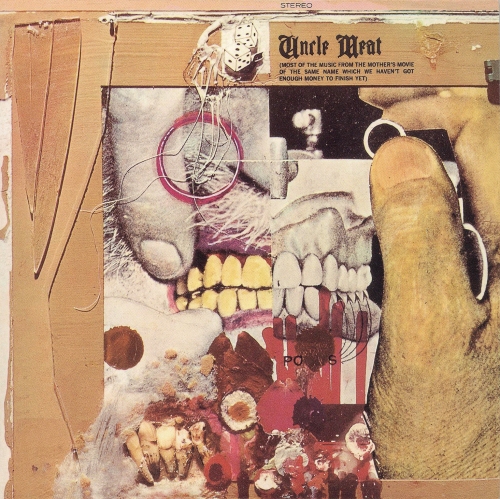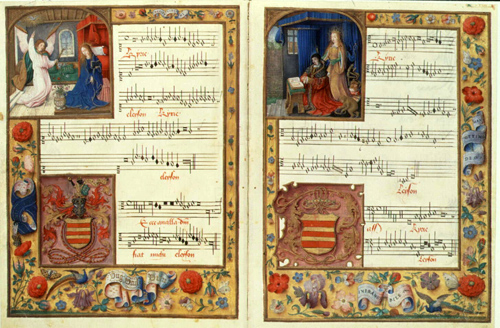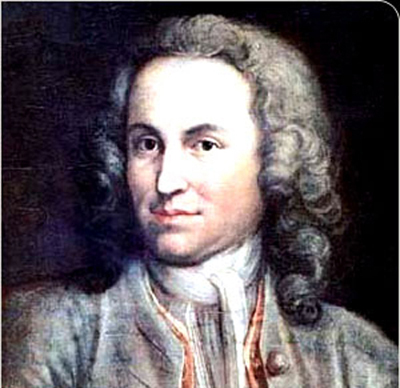The 1969 double album Uncle Meat by Frank Zappa and The Mothers of Invention is a collage of rock, jazz, modernist art music, parodies of 1950s pop songs, and documentary-style spoken passages; two recurring themes and their variations unite it as a single musical statement.
Other unifying factors include the collage approach itself, which is echoed in Cal Schenkel’s cover and booklet art, the alienation aroused by the shocking elements in the musical and spoken episodes and in Schenkel’s art, and the anachronistic contrast provided by the pop song parodies.
Throughout his career Zappa successfully positioned himself as an outsider to both the rock and art music worlds, thus managing to maintain a unique place in both; Uncle Meat stands as his strongest single statement in this regard.
This according to “The Mothers of Invention and Uncle Meat: Alienation, anachronism and a double variation” by James Grier (Acta musicologica LXXIII/1 [2001] pp. 77–95). Above, Schenkel’s front cover art (worthy of today’s Halloween posting!); below, the Uncle Meat theme.
Related article: Zappa and classical music










